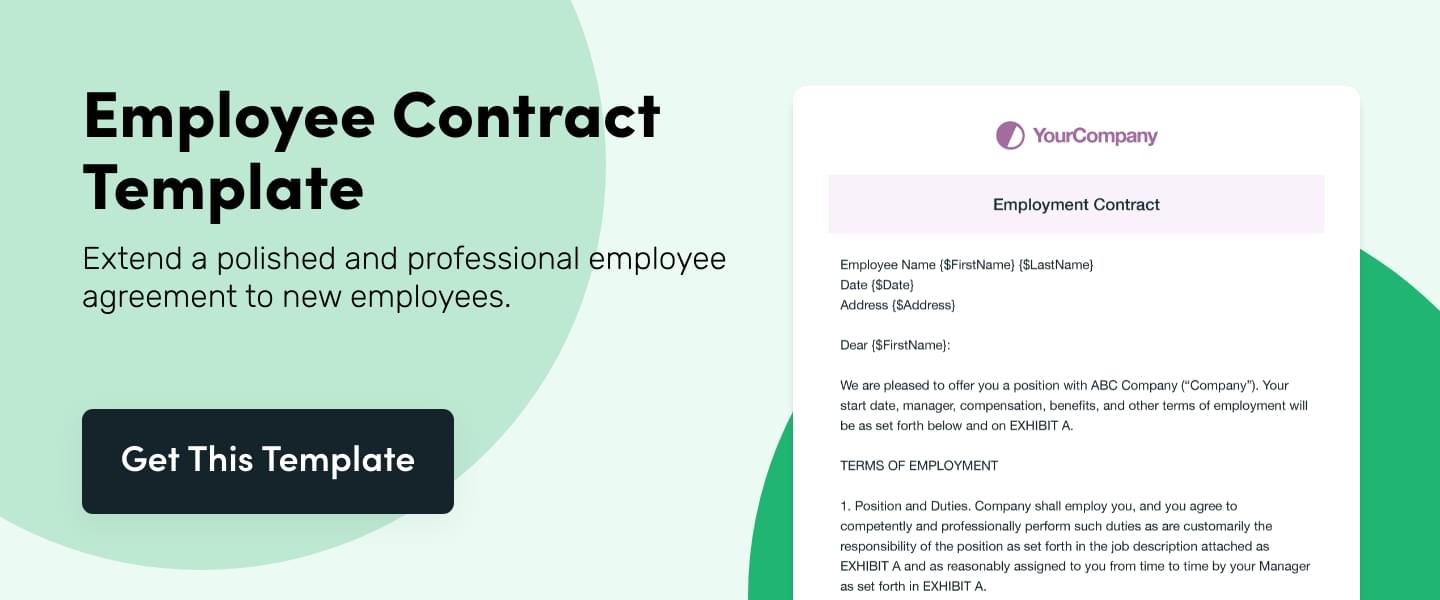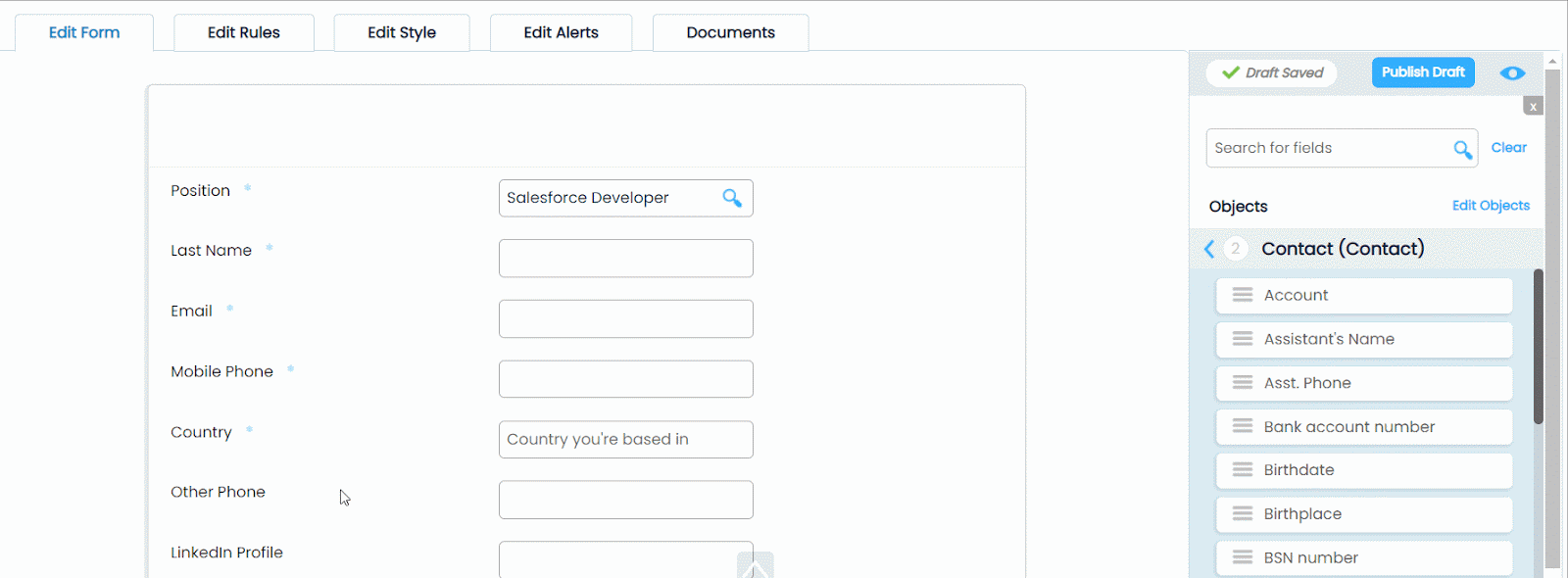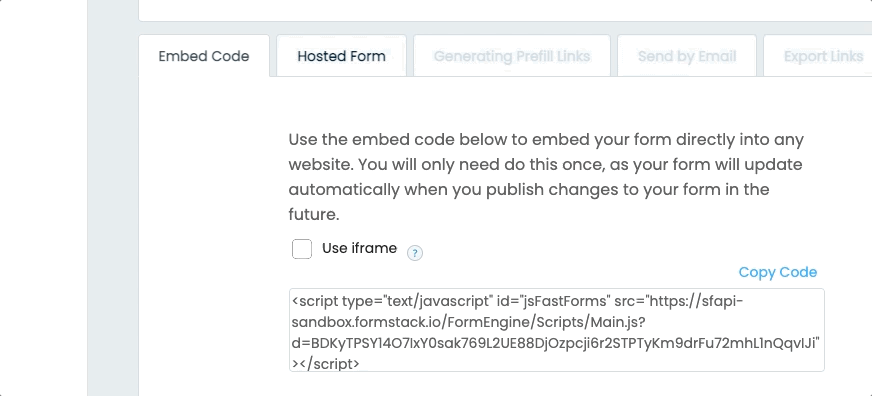Are you a small team with limited recruiting resources that needs to hire qualified applicants quickly? If your recruitment team is a party of one, you may be feeling the strain of trying to do it all. Do you dream of creating a more streamlined, efficient, and organized job application system?
You may not be in a place where you can invest in robust recruitment software, but there are ways to build out repeatable, streamlined processes. If you’re looking for a way to revamp your job application creation and improve applicant data tracking, we have a helpful workflow below provided by our partners at Cloudmuscle. Dive in now to see how Salesforce users can build out a streamlined and automated job applicant system using Formstack for Salesforce.
Small Recruitment Team? No Problem!
We as a consultancy are growing so we are constantly looking for new people to join our team. Even if innovation is at our core, the digitalization of the recruitment process appears to be tricky for us. I guess it is challenging for any smaller organization, where there is only one recruiter in place, and the workload is not big enough to implement and maintain a dedicated recruitment system.
Luckily, there is an easy solution to this problem. Enter Formstack for Salesforce, a powerful productivity solution that can be used for different industries and scenarios. The use case described below is just one of many possible applications of this product.
Below, I’ll showcase the capabilities of this powerful solution, using the example of a small company (up to 20 employees) that has a Salesforce org. The recruitment process that I am going to cover includes the following sub-processes:
- Job application
- Interviewing a candidate
- Job offers
- Collecting employee information and start of onboarding

Overcome These Job Application Process Problems
If you’re having some of the following challenges, it may be time to look into using Formstack for Salesforce as part of your HR tech stack. All of the problems below can be solved by creating a job application process with Formstack for Salesforce that automatically stores data within your Salesforce instance.
Lack of Data Centralization, Standardization, and Visibility
The recruiter keeps notes on candidates in both the LinkedIn Recruiter platform and the job board, so the information about applicants can be duplicated. Founders miss an overview of the application pipeline; and the fact that each job board service applies different status names or tags also doesn’t help.
No Historical Data on Interview Feedback
After some time, it becomes difficult to remember why a candidate was rejected or placed on hold. The recruiter doesn’t have an overview of all the interview feedback thus missing an opportunity to learn from it and to make their search more precise.
A Large Amount of Manual Work
A job offer is drawn up each time by simply changing the existing template, which is not only time-consuming but also an error-prone action. All job offers that are sent out are buried in the recruiter’s email box so when it is time to create a job contract, all involved parties must refer to the email trail.
A candidate or alternatively, a future employee, might find the process of completing Word documents for onboarding time wasting. In addition, it is potentially a duplication of data that is already known to the company.

Ready to kick these issues to the curb? Let’s get started by seeing how Formstack for Salesforce can solve all the above problems through a simple, streamlined, and efficient applicant process.
Creating an Automated Job Application System
In Formstack for Salesforce, I have created a form named Developer Application. A form means that a user fills in some fields and the data entered is saved somewhere. In this case, applicants will fill in data about themselves such as name, contact details, motivation, salary expectations etc. This data will end up in Salesforce on the Contact and Job application records.
1. Form Settings
The form consists of fields, so the question is which fields should show up on my form? This depends on where I want to save the data obtained from the form. I want this to be saved in Contact and Job application records, therefore, the objects are specified in the form settings. There are other settings available such as which page to show after submission of the form and how to save the submission file in Salesforce. There is also a possibility for an applicant to save a form and return to it later by clicking a link in their email.

2. Form Building
Next, I want to put together my form by choosing the fields and the order in which they should appear. As you can see, it is a drag-and-drop experience. I can add sections to my form, rename the labels, and add default values and placeholder text.

Not only can Salesforce object fields be added, but I can also add special buttons, such as File upload, Payment, Signature, Image, and Captcha.

3. Field Rules and Form Styling
Fields in the form can behave according to the given logic. For example, if an applicant chooses a location country different from the Netherlands, the question “Are you ready to relocate to the Netherlands?” becomes visible and required.

I can style and brand the form as much as I like by changing fonts, adding background images, etc. It can easily be saved as a template for future use.

4. Publish Options
I want this form to be publicly available. As a publish option, I can use either an embed code or a link. Note that the link is static and will remain the same even if I change the form.

5. Form Submission
I am publishing the link on the company website, job boards, LinkedIn, and the recruiter and I are patiently waiting for the first submissions. The recruiter can track submissions by navigating to the Submission Dashboard in Formstack for Salesforce. All submissions, even failed ones, are visible here. It will also show why a submission has failed. If I click on the Record sign, I am taken to the Salesforce org, where I can see the record that this form has created.

The Results: A Better Job Application System
At this point, we are enjoying these business benefits:
- The data is centralized in Salesforce and all stakeholders can keep track of applications in real-time; one platform, hence a smoother user experience.
- The recruiter saves time by having the exact data she needs without looking for such information in applicants’ CVs or asking applicants personally; therefore, she can qualify applicants faster and better without reaching out to them.
- Types of data that applicants are asked to provide can be easily configured and reported on.
- An applicant has a good impression of us since the application form is branded and conveys the company’s spirit.
It is magical for me, how an external user who probably doesn’t even know what Salesforce is, can still create records directly in Salesforce by simply filling in a form published on the internet. No duplication of work, and no need to manually transfer the data—it just allows users to complete the forms and the record miraculously appears in Salesforce.
Feel free to reach out to us if you want the same magic to happen in your org! We are certified Formstack partners, and it is our pleasure to free you from mundane tasks so you can spend more time on things you love.
Learn more about how Formstack for Salesforce can transform your Salesforce data collection processes or connect with our experts to see it in action.
About the Author

Gauhar is a passionate Salesforce consultant specialising in customer service and recruitment domains. She holds an MBA degree, so she feels comfortable in the business analyst role too. Gauhar is from Kazakhstan and now lives in Amsterdam.











